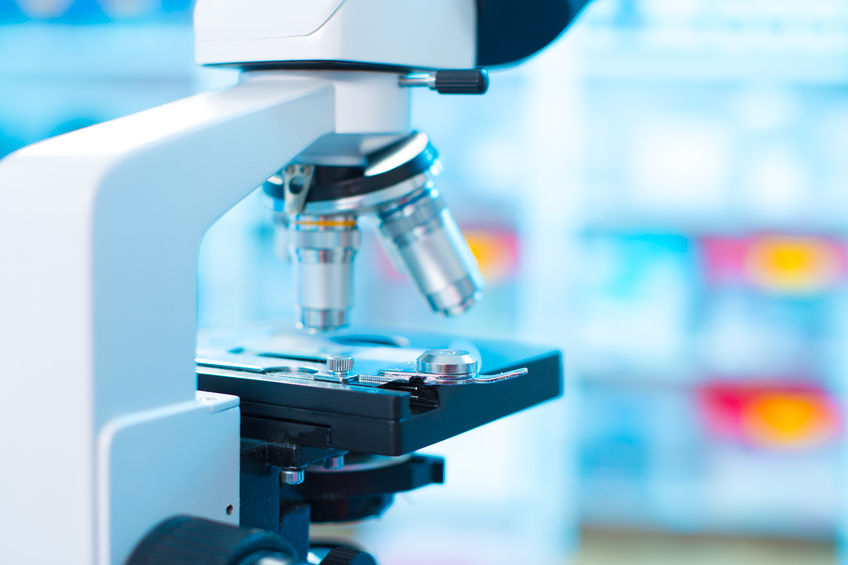
Bile Acids Total Blood
What is this test?
This test is used to measure the amount of bile salts present in the blood Bile is a yellowish-green fluid produced by the liver. It plays a role in the digestion and absorption of fats and cholesterol from food.
What is bile?
It is a type of digestive enzyme produced by the liver, bile plays a role in the emulsification of fats and cholesterol from food to facilitate better fat absorption. Generally, bile salts are not found in the urine. Upon conditions like liver damage or biliary obstruction can lead to an increase in the blood concentration of bile acids in blood which are excreted through urine. Cholestasis, an increased concentration of bile salts and bile acids in the blood and urine can cause itching of the skin (Pruritus), blood levels of bile are also found to be increased in other diseases like liver cirrhosis, liver damage, biliary obstruction, primary biliary cirrhosis, cholestatic syndrome, jaundice etc.
Why is this test recommended?
Your doctor may recommend this test if you experience signs or symptoms like jaundice, fever, nausea, vomiting, diarrhoea, abdominal pain, the yellowish colouration of eyes and skin, weakness, etc. This test is recommended by the doctor if an individual is suffering from diseases or conditions like liver diseases, biliary cirrhosis, sclerosing cholangitis, Intrahepatic cholestasis during pregnancy, hereditary cholestatic syndrome, etc.
Also known as Bile Acids Total.
Test Preparation
Inform your doctor if you are on any medications, have any allergies or underlying medical conditions before your Bile Acids Total Blood. Your doctor will give specific instructions depending on your condition on how to prepare for Bile Acids Total Blood.
No specific test preparations are necessary for this test.
Understanding your test results
Generally, bile acids can be found in the blood. Detection of bilirubin in blood indicates the presence of certain pathological conditions like during jaundice or because of liver damage, Bile salts are detected in the urine to diagnose various conditions of liver diseases (Jaundice).
| Gender | Age groups | Value |
| MALE | All age groups | < 10mcmol/L |
| FEMALE | All age groups | < 10mcmol/L |

